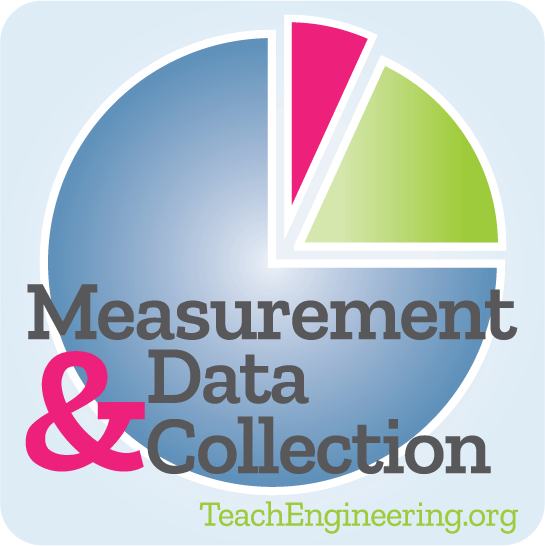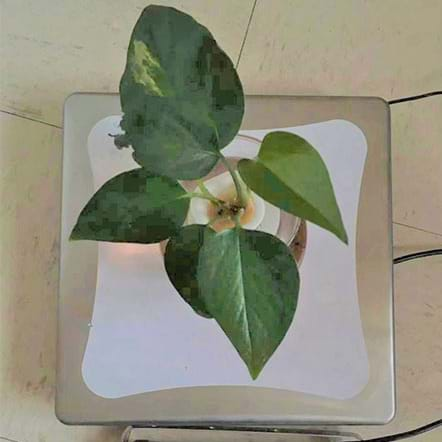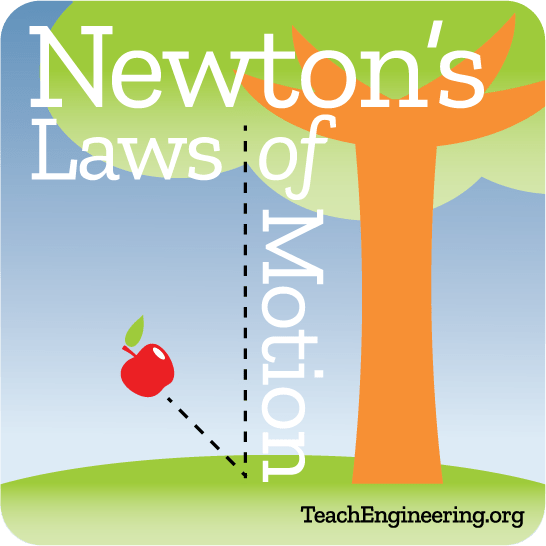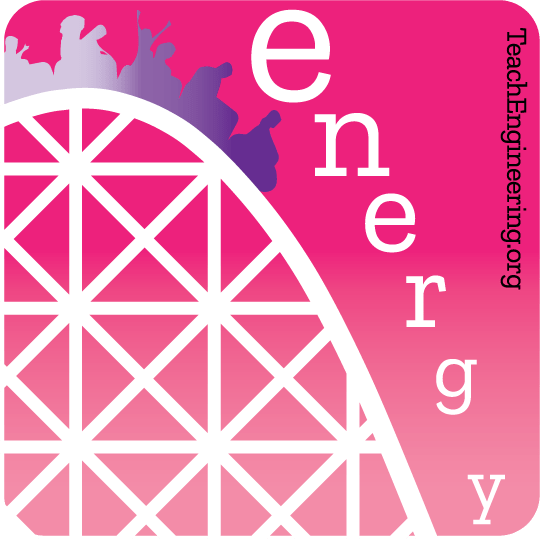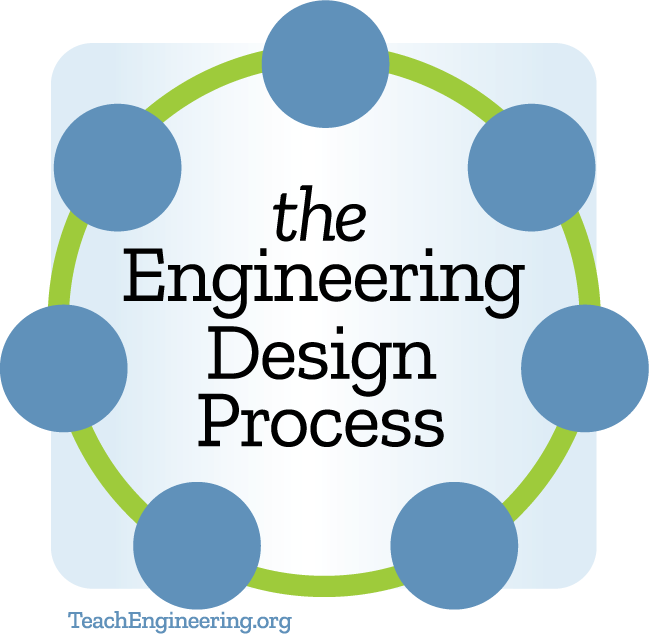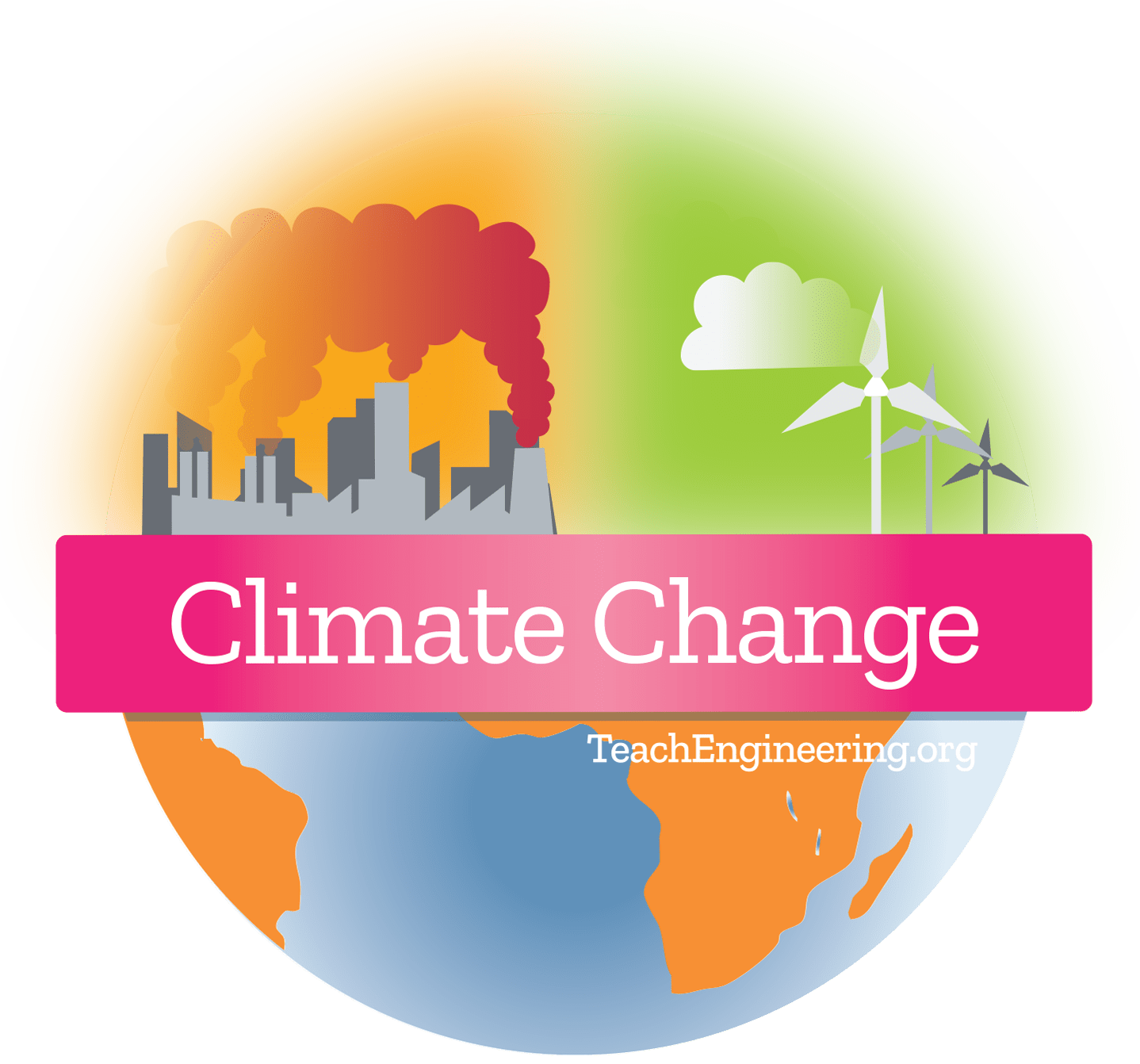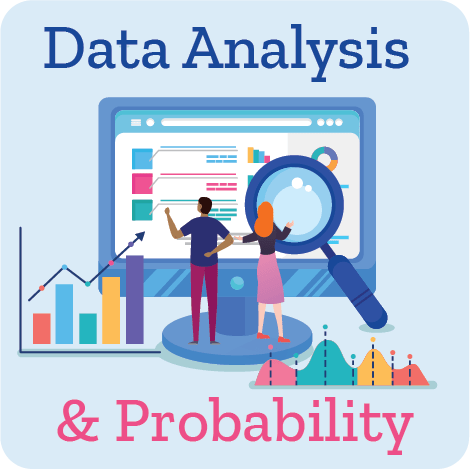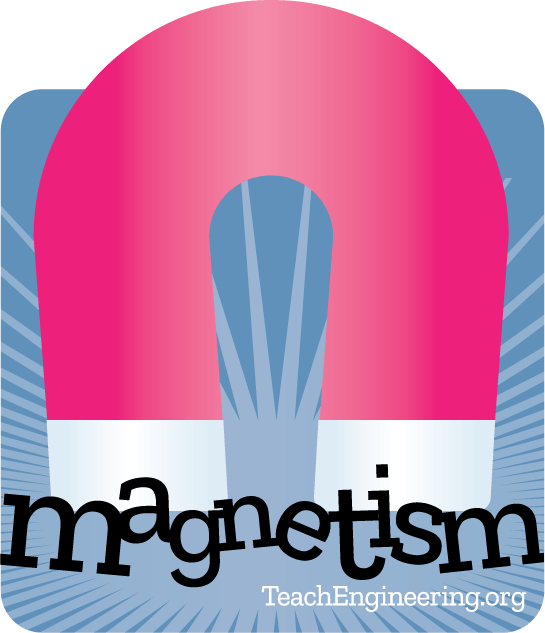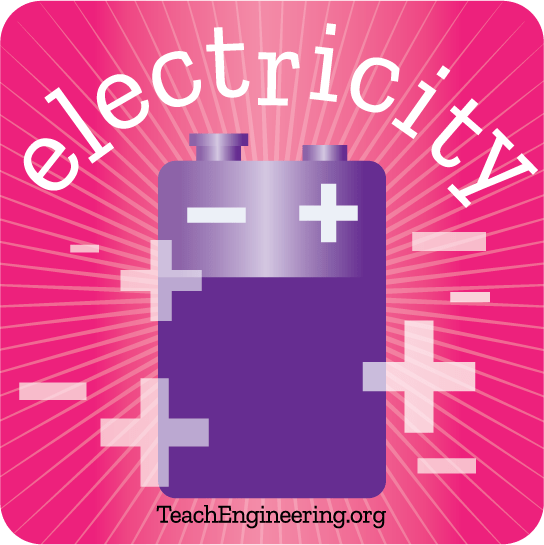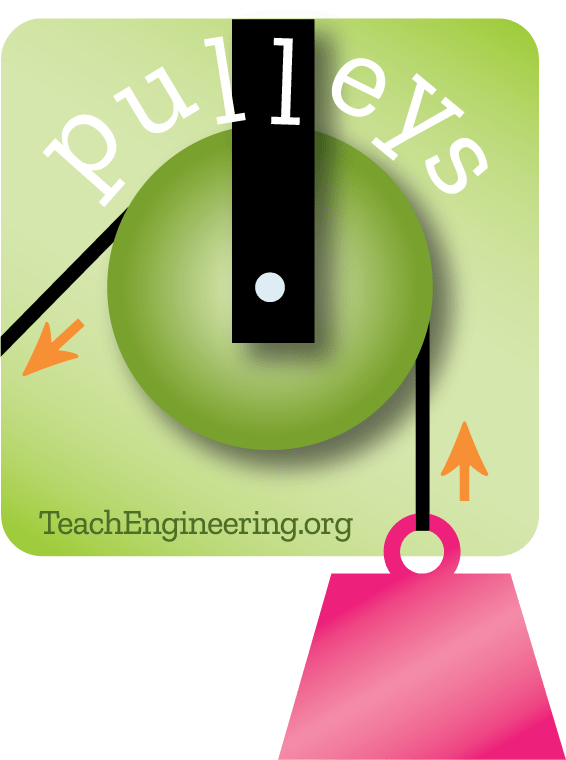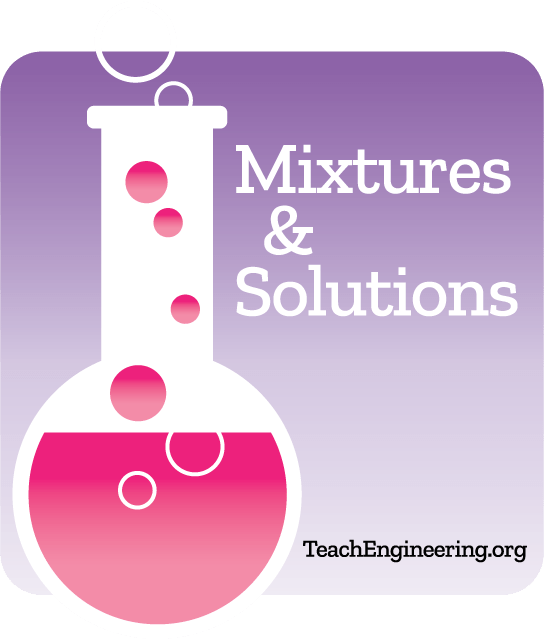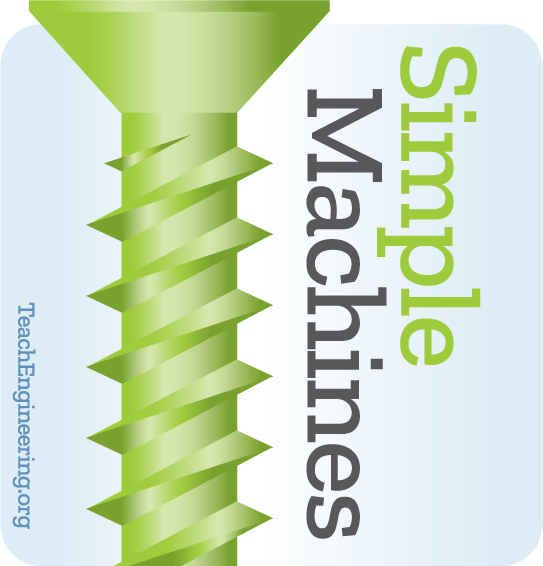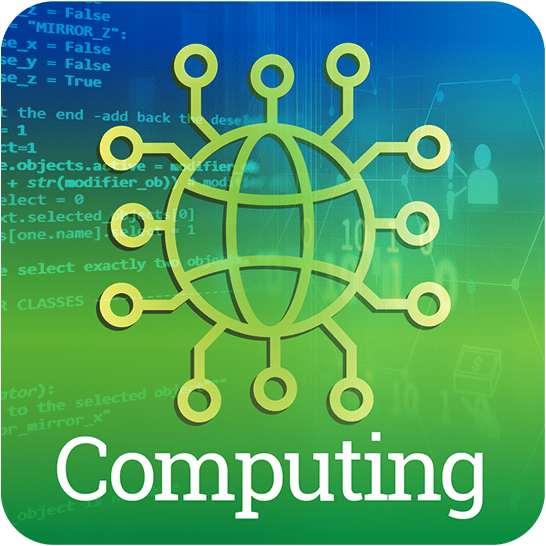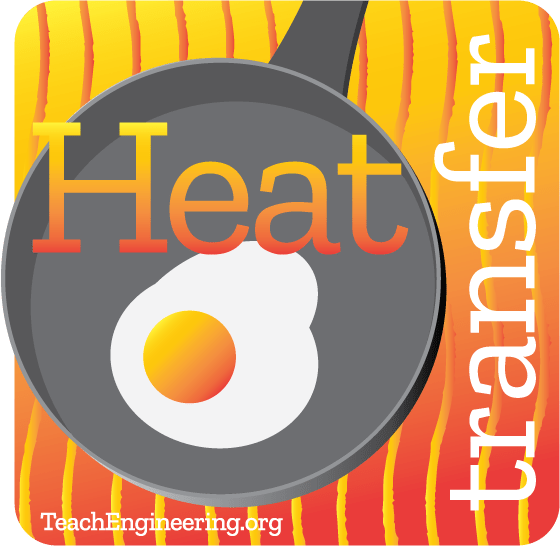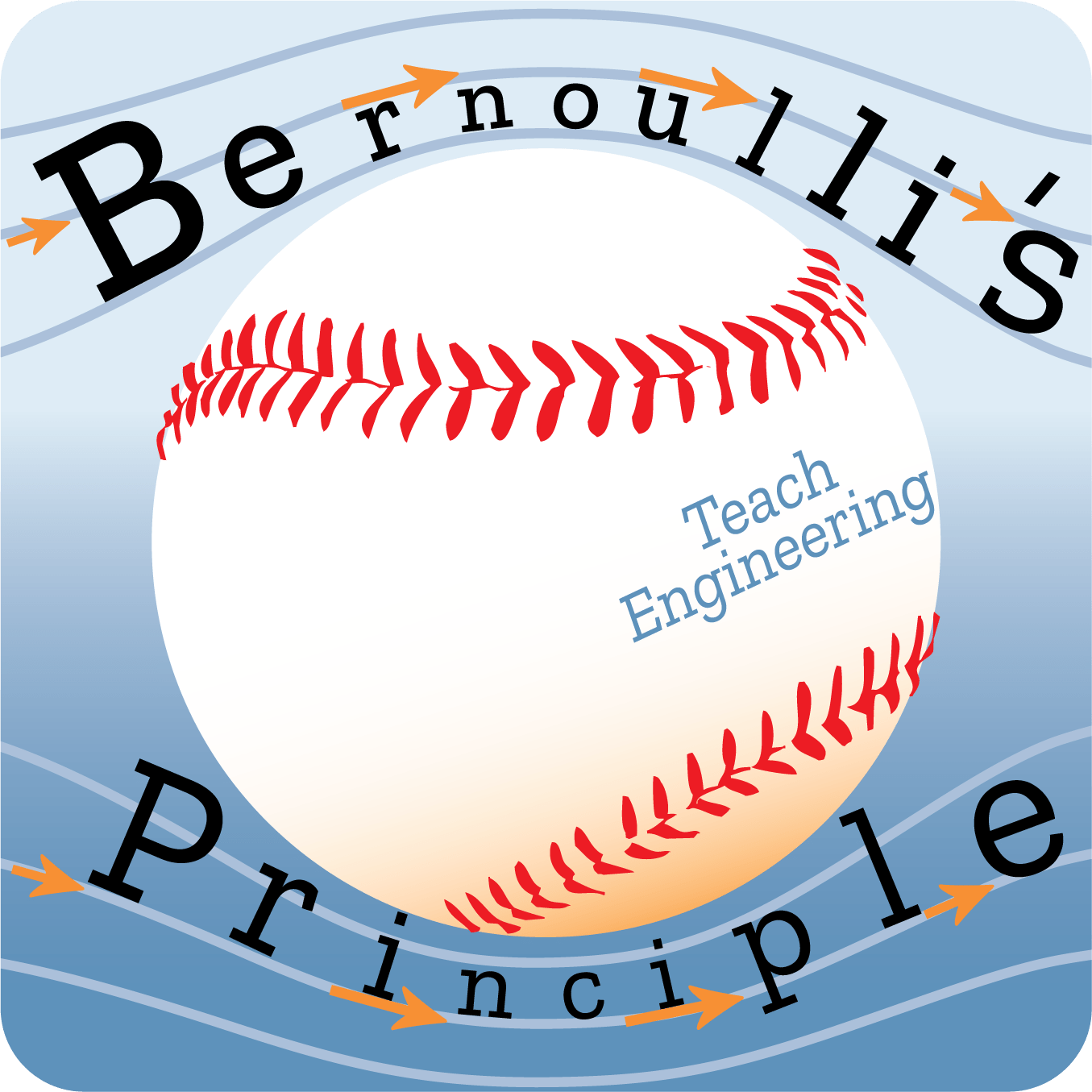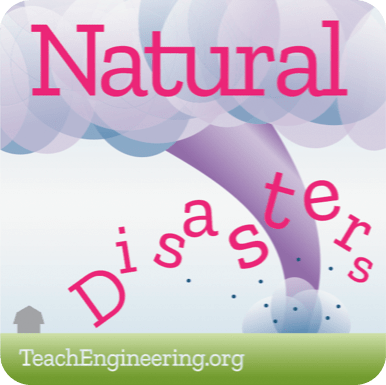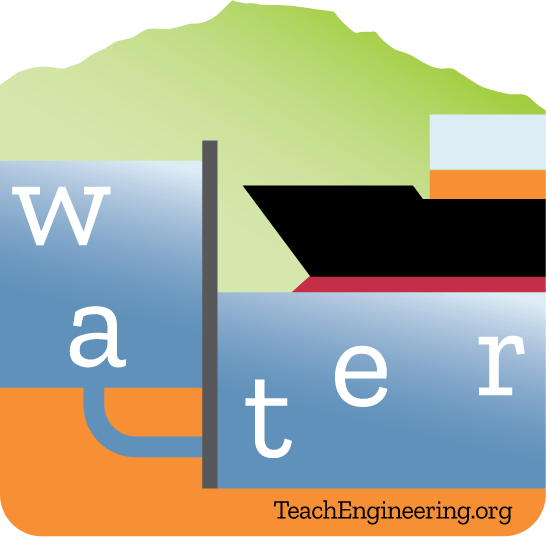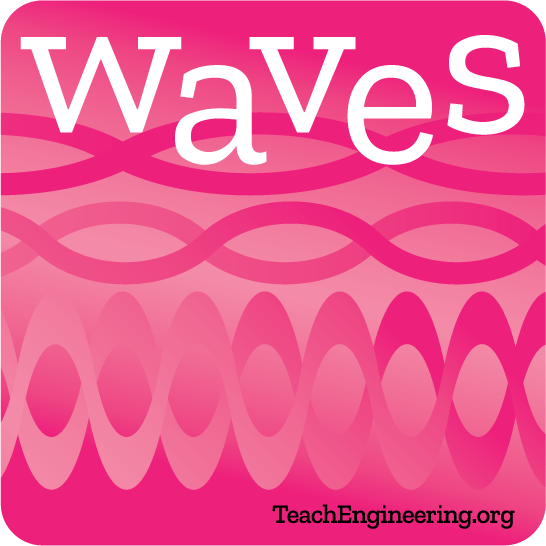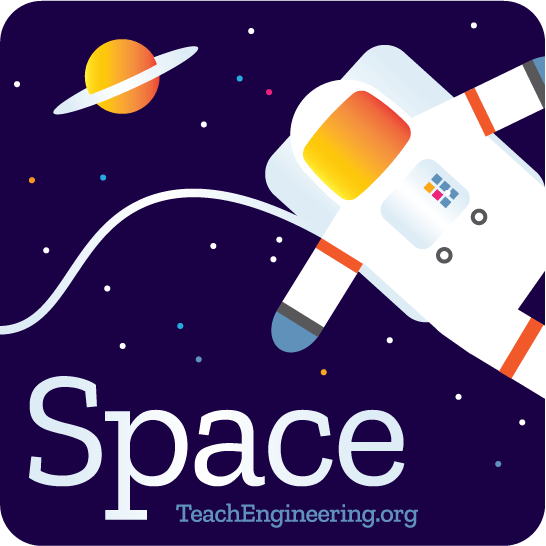Measurement & Data Collection
Engineers apply their understanding of units of measurement and data collection to create safe, accurate devices and processes that help improve everyone’s quality of life. From skyscraper design to nanotechnology research, engineers use their knowledge of measurement and data collection to help shape the future!
Measurement and data collection are prevalent in all areas of our lives—including the arts, sciences, technology, and engineering.
Measurement is the process we use to discover the size, length, density or other dimensions of something. We constantly measure speed, length, time, temperature, height, volume and more. And, we measure things using both standard and non-standard units of measurement.
Standard measurement units are the common units of measurement used throughout the world. Standard units allow us to communicate despite language and cultural differences. This is why we use hours, minutes and seconds to measure time and degrees to measure temperature.
There are two standard unit measurement systems: Imperial or U.S. customary units (inch/foot/mile, ounce/pound, degrees Fahrenheit, etc.) and Metric (meter, kilogram, degrees Celsius, etc.). All measurements can be converted between these two measurement systems. Worldwide, the metric system is the most commonly used, making it important for engineers to be able to comfortably work with metric units of measurement.
Non-standard measurement units are a more uncommon but still useful method to measure things. For example, we can use paper clips end-to-end to measure how tall we are or yarn to measure the width of our classroom. We can also use our hands to determine if one object is heavier than another. These units of measurement, however, are not exact and might be harder to communicate with others.
What is data? Data is a collection of measurements we use to classify, sort, organize, and interpret information so we can make informed decisions. Our brains constantly pull information from our surroundings to inform all aspects of our lives—from gauging objects to handle carefully (if there is steam, or something has been out in the sun, etc..), if something is dangerous (fast moving cars, tall cliffs, etc.) and more.
All types of engineers incorporate measurement and data collection into their daily work, ensuring that the designs, products, and processes they create are safe to use by others. Civil and architectural engineers create measurements in order to build large objects, such as skyscrapers, while biological and chemical engineers measure very small objects, such as the diameter of cells. But all engineers use measurement and data collection to do their work!
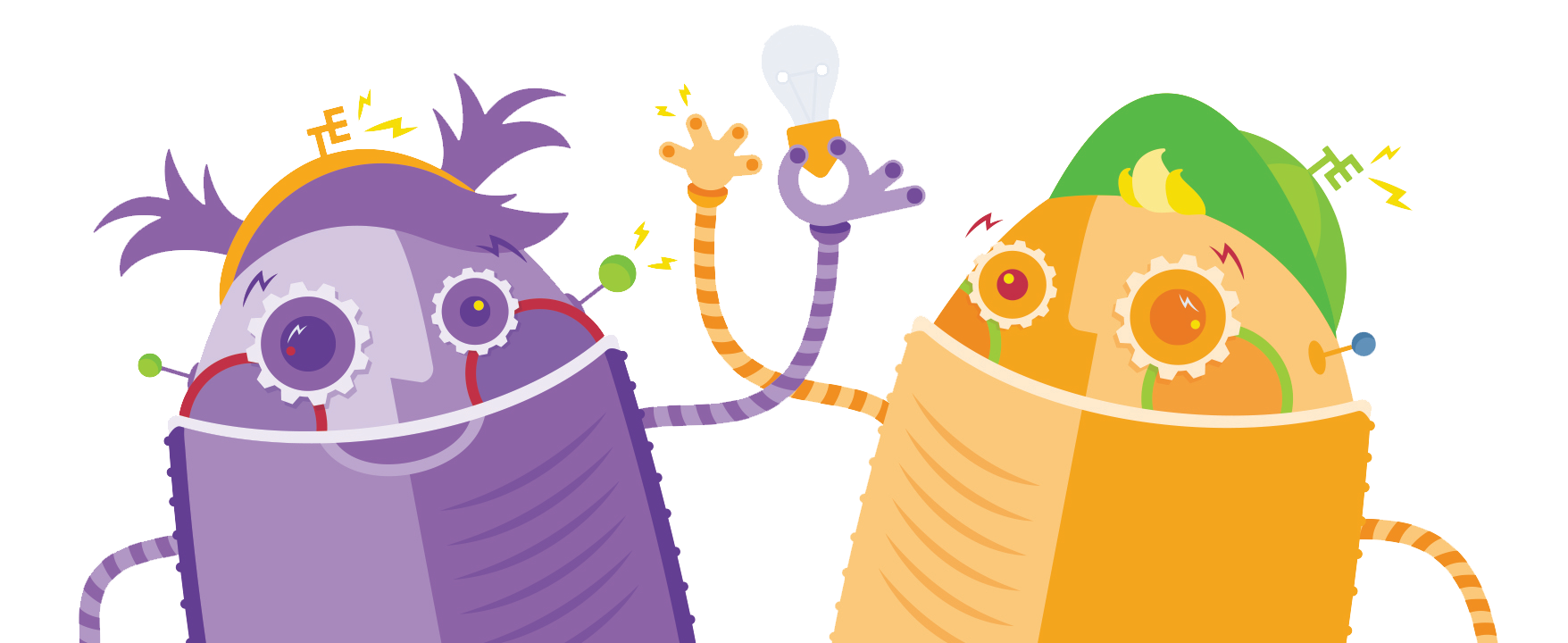

Measurement & Data Collection Curricula

Ignite your students' interest in seeing how engineers use measurement and data through the engaging hands-on, design-based resources from TeachEngineering featured here, by grade band, that exemplify K-12 measurement and data collection curriculum.
Grades K-2
- As We Grow: Measuring Heights and Graphing DataAs We Grow: Measuring Heights and Graphing Data

Students visit second- and fourth-grade classes to measure the heights of older students using large building blocks as a non-standard unit of measure. They also measure adults in the school community. Results are displayed in age-appropriate bar graphs (paper cut-outs of miniature building blocks g...
- Light Plants and Dark Plants, Wet Plants and Dry OnesLight Plants and Dark Plants, Wet Plants and Dry Ones

Students plant sunflower seeds in plastic cups, and once germinated, expose them to varying light or soil moisture conditions. They measure the seedlings' growth every few days using non-standard measurement (inch cubes).
- Measuring and Graphing: How Tall Are We?Measuring and Graphing: How Tall Are We?

In this introduction to graphing lesson, kindergartners measure each others' heights using large building blocks. They display the collected data in bar graphs made from paper cut-outs of miniature building blocks glued on paper and then notice how the bar graphs map to the various student heights t...
Grades 3-5
- Measure Twice, Cut OnceMeasure Twice, Cut Once

Students learn the metric units engineers use to measure mass, distance (or length) and volume. They make estimations using these units and compare their guesses with actual values. To introduce the concepts, the teacher needs access to a meter stick, a one-liter bottle, a glass container that measu...
- Waterwheel Work: Energy Transformations and Rotational RatesWaterwheel Work: Energy Transformations and Rotational Rates

Students learn the history of the waterwheel and common uses for water turbines today. They explore kinetic energy by creating their own experimental waterwheel from a two-liter plastic bottle. They investigate the transformations of energy involved in turning the blades of a hydro-turbine into work...
- Falling WaterFalling Water

Students drop water from different heights to demonstrate the conversion of water's potential energy to kinetic energy. They see how varying the height from which water is dropped affects the splash size. They follow good experiment protocol, take measurements, calculate averages and graph results.
- Give an Inch, Take a FootGive an Inch, Take a Foot

Students practice measuring techniques by measuring different objects and distances around the classroom. They practice using different scales of measurement in metric units and estimation. Also, students learn how measurement is used in engineering and why accuracy is important to the design of new...
- Graphing the Speed of Slime Graphing the Speed of Slime
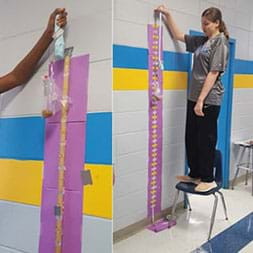
In this hands-on activity, students explore, graph, and evaluate the speed of slime, or how far and at what rate slime stretches. Students review the major concepts of graphing speed by stretching gum or silly putty. After reviewing how to create and read speed on a graph, students create a “super-s...
- See More
Grades 6-8
- Not So Lost in SpaceNot So Lost in Space

Students learn how engineers navigate satellites in orbit around the Earth and on their way to other planets in the solar system. In accompanying activities, they explore how ground-based tracking and onboard measurements are performed.
- Computer AccuracyComputer Accuracy

Students understand the difference between accuracy, precision, and error. They recognize basic trigonometric functions and analyze functional relationships.
- Density Column Lab - Part 1Density Column Lab - Part 1

In this first part of a two-part lab activity, students use triple balance beams and graduated cylinders to take measurements and calculate the densities of several common, irregularly shaped objects with the purpose to resolve confusion about mass and density. After this activity, conduct the assoc...
- Close Enough? Angles & Accuracy of Measurement in NavigationClose Enough? Angles & Accuracy of Measurement in Navigation

Students use right triangle trigonometry and angle measurements to calculate distances using accuracy and precision. They understand the relationship between triangulation technology and other fields of study (i.e. mathematics).
- Classroom TrianglesClassroom Triangles

Students use bearing measurements to triangulate and determine objects' locations. Working in teams of two or three, they must put on their investigative hats as they take bearing measurements to specified landmarks in their classroom (or other rooms in the school) from a "mystery location."
- See More
Grades 9-12
- Volume & Data: Build the Biggest Box Using One Piece of PaperVolume & Data: Build the Biggest Box Using One Piece of Paper

Student pairs are given 10 minutes to create the biggest box possible using one piece of construction paper. Teams use only scissors and tape to each construct a box and determine how much puffed rice it can hold.
- Shielding from Cosmic Radiation: Part 2 - High-Altitude Balloon Launch TestShielding from Cosmic Radiation: Part 2 - High-Altitude Balloon Launch Test
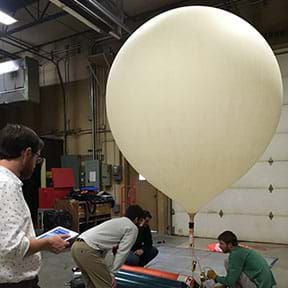
Students prepare their payloads for launch, making sure batteries are charged, payloads are complete, flight predictions have been made and approved, etc. On launch day, students launch a latex, high-altitude balloon that carries each space agency’s payload to near space. GPS tracking units follow ...
- Measurement Certainty: How Certain Are You?Measurement Certainty: How Certain Are You?

Students learn about the statistical analysis of measurements and error propagation, reviewing concepts of precision, accuracy and error types. Students work in teams to each measure the dimensions and mass of five identical cubes, compile the measurements into small data sets, calculate statistics ...
- Math Relationships: Scale Model Building ProjectMath Relationships: Scale Model Building Project

Students build scale models of objects of their choice. They learn how engineers use scale models in their designs of structures, products and systems.
- Mathematically Designing a Frictional Roller Coaster Mathematically Designing a Frictional Roller Coaster

Build a small roller coaster prototype out of foam pipe wrap insulation and marbles, but apply calculus and physics in the design! This real-world engineering challenge applies practical mathematics to test small-sized models on a real track.
- See More



